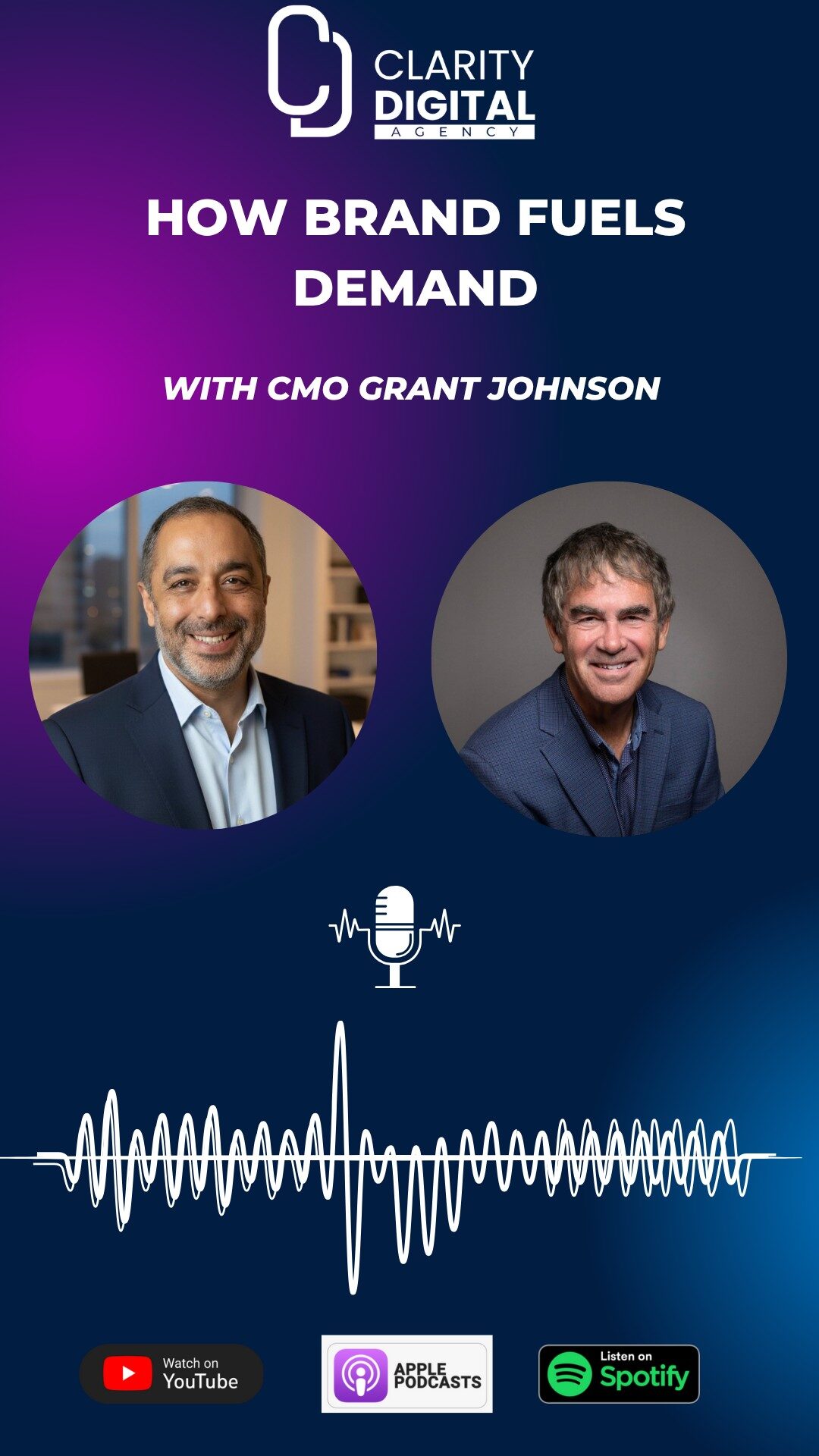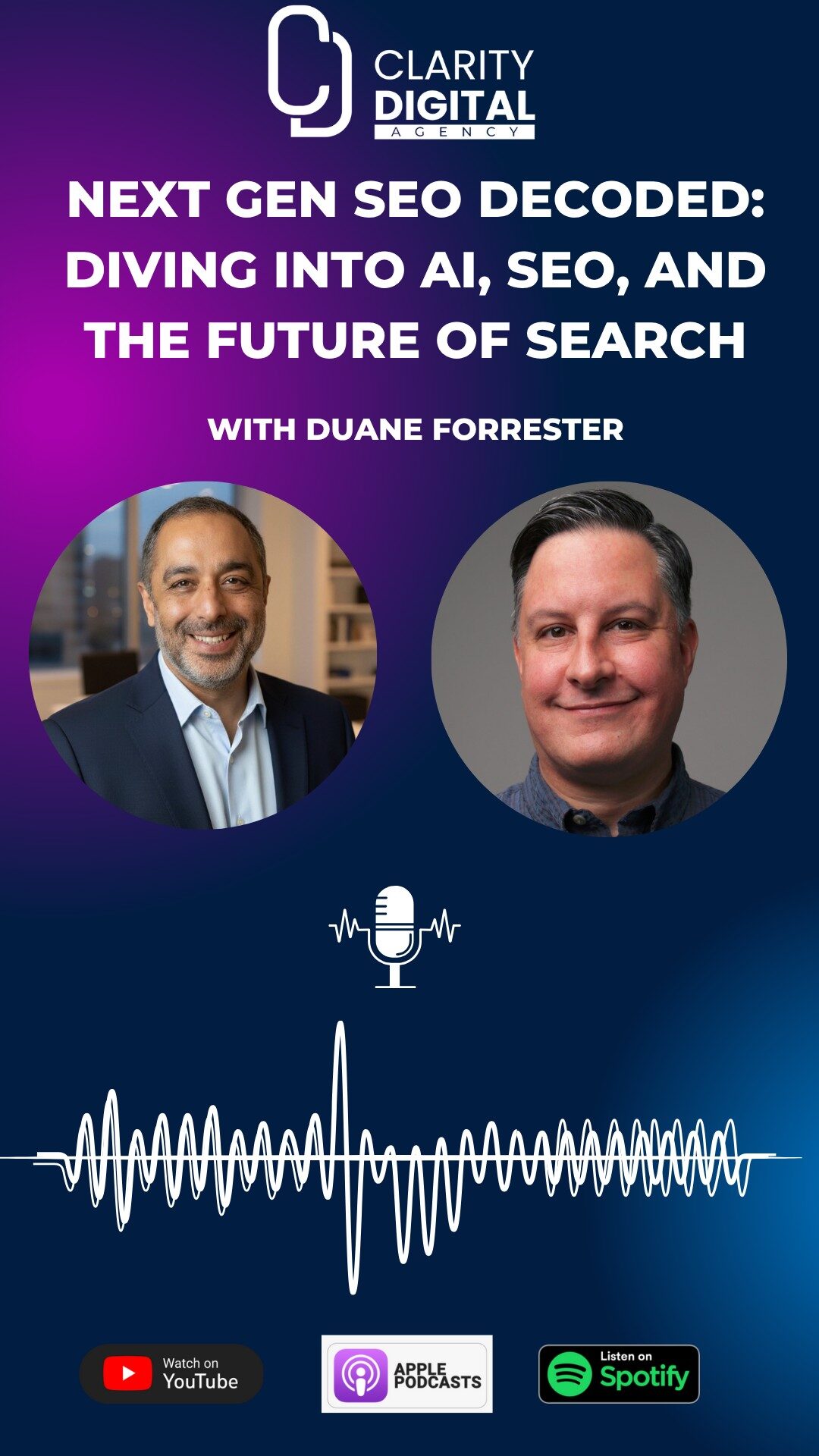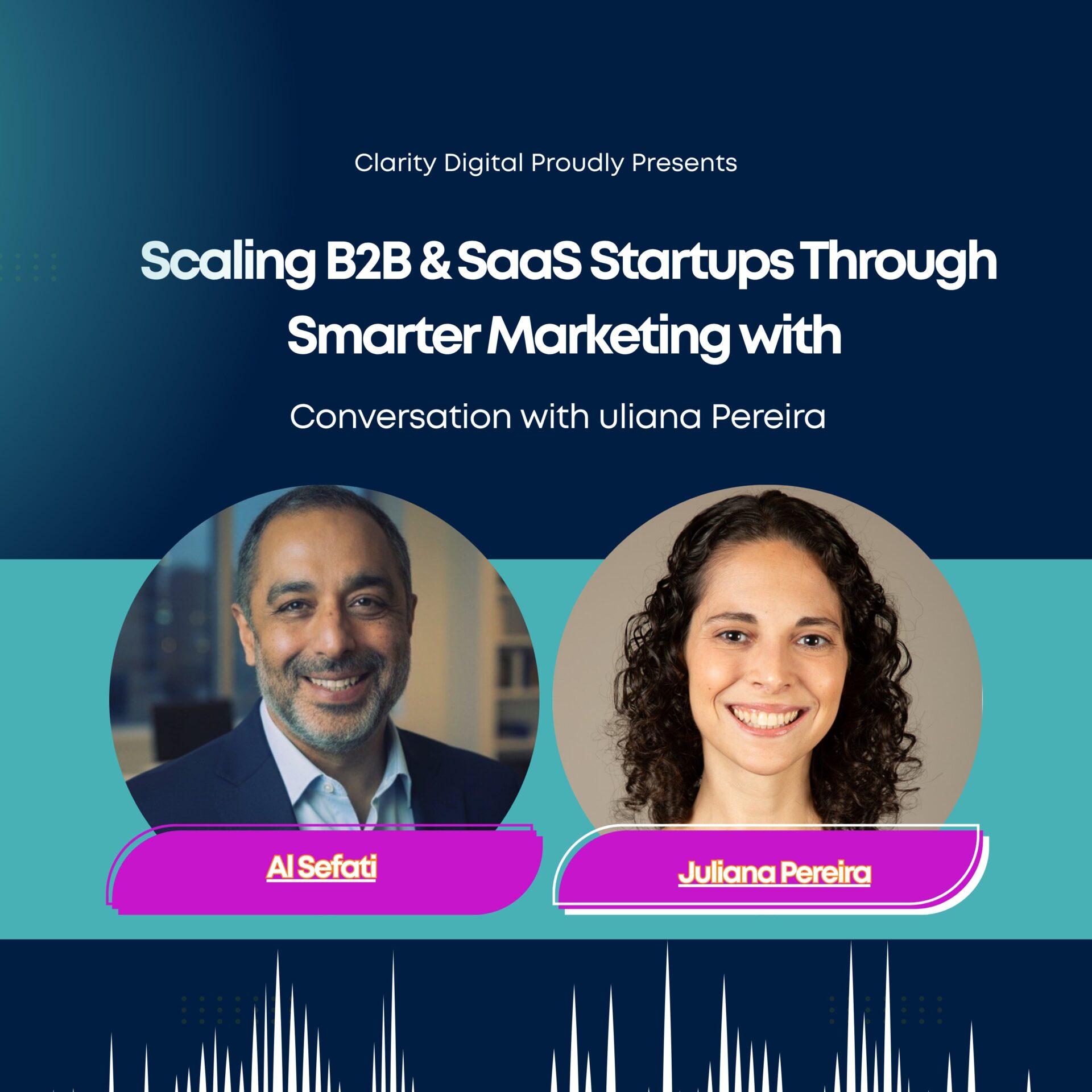With Sean Stone and Mark Kelly, hosted by Al Sefati
Podcast:It’s All About Ads
What Is This Episode About?
In Episode 2 of It’s All About Ads, three seasoned marketers unpack what is actually working in digital advertising right now. The discussion focuses on eCommerce strategy, ad performance, and how to adapt in a market driven by AI, rising CPCs, and evolving customer behavior.
The conversation offers insights for performance marketers, agency owners, and eCommerce brands navigating platforms like Amazon, Meta (Facebook and Instagram), Google Ads, and TikTok.
This episode addresses practical advertising strategies, omnichannel performance, and the role of AI in building scalable campaigns that actually convert.
Summary
What Are the Top Advertising Trends for eCommerce in 2025?
The key trends identified by the panel include:
- Amazon is increasingly becoming the most trusted conversion channel, especially for Prime members.
- Meta (Facebook and Instagram) is proving valuable as a demand-generation engine, driving branded searches on Amazon.
- Google Ads remains strong for lead generation in competitive service niches.
- AI tools are improving efficiency, but not replacing strategic marketers.
- Subscribe and Save is one of Amazon’s most underutilized retention tools.
- Attribution is still broken in most businesses. Brands must focus on blended CPA and long-term value.
- Omnichannel advertising is essential, not optional.
How Should Amazon Sellers Prepare for Q4?
Sean Stone recommends starting Amazon advertising and promotional planning well before Thanksgiving. He shared the P.A.I.R. framework his agency uses:
- Promotions: Run aggressive but sustainable deals, often starting in mid-November.
- Ads: Scale Amazon Sponsored Products and Sponsored Brands ahead of peak.
- Inventory: Avoid stockouts by forecasting demand based on past Q4 data.
- Rentability: Focus on profit per unit, not just ROAS.
He noted that Amazon now begins its holiday deals as early as November 20, running through December 1. Sellers need to align ads with promotions and inventory cycles, or risk missing revenue during the peak.
What’s the Link Between Meta Ads and Amazon Sales?
One of the most overlooked strategies is the impact of Meta advertising on Amazon performance. Sean shared that when clients increase Meta ad spend, they consistently see a lift in branded searches on Amazon.
This is because many consumers who discover a product on Instagram or Facebook end up searching for it on Amazon instead of buying directly from the brand’s website.
This strategy works particularly well for brands selling commodity products or consumables that consumers trust Amazon to fulfill reliably.
Mark Kelly supported this point with similar observations. When Meta accounts get suspended, clients often experience a significant drop in direct and Amazon-related traffic.
This supports the case for Meta as a powerful awareness driver—even if immediate return on ad spend (ROAS) appears limited in-platform.
Why Is Branded Search Critical for eCommerce Growth?
Branded search refers to consumers searching for your brand name on Amazon or Google. It is one of the most overlooked metrics for measuring marketing success.
Al Sefati emphasized that high-performing campaigns often lead to increased branded searches across platforms, not just higher ROAS in a single ad channel.
Clients often reduce non-branded campaigns because ROAS is lower, but this can shrink their funnel. Mark noted that branded search often comes from top-of-funnel campaigns on Meta, TikTok, and programmatic display—even when those don’t appear profitable at the campaign level.
The best-performing eCommerce brands are measuring growth holistically using blended customer.
How Are Advertisers Using AI to Improve Performance?
AI is a productivity tool, not a strategy replacement. The panel agreed that the real value of AI in advertising is in streamlining manual processes.
Sean Stone described how he used ChatGPT to:
- Build a no-code Amazon keyword ranking dashboard
- Automate keyword research using Amazon search term reports
- Generate listing copy using a custom GPT built specifically for product descriptions
Mark Kelly shared how his agency uses AI-enhanced tools like Lovable and Go High Level to:
- Rapidly deploy and test landing pages
- Simplify client reporting
- Automate repetitive campaign tasks
Al Sefati highlighted Google Gemini’s capabilities for improving product image quality—useful for product listing pages and eCommerce storefronts.
Despite the power of AI, all three emphasized that human strategy still drives successful outcomes. AI assists with execution; it does not replace critical thinking or market experience.
What Role Does Subscribe and Save Play on Amazon?
Subscribe and Save is one of the most effective retention tools on Amazon for brands selling consumables.
Sean shared how a supplement brand he manages grew from 2,000 to over 7,000 active subscribers by offering a first-time coupon to encourage enrollment. These customers purchase more frequently and cost less to retain than one-time buyers.
Amazon offers reporting tools to help brands manage their subscriber base, though the data is still limited compared to owning a direct-to-consumer relationship.
Nonetheless, the panel agreed that Subscribe and Save can significantly improve unit economics, customer lifetime value, and forecastable revenue.
How Do You Choose the Right Platform to Launch a New Product?
The right platform depends on whether the product already has search demand or needs to be introduced to the market.
Amazon is a better fit if:
- Your product fits an existing category (e.g., skincare, supplements)
- There is active search volume for your product type
- Your offer is competitive on price, reviews, and shipping
Meta or TikTok is better if:
- Your product is new, unique, or requires education
- You need video or storytelling to explain value
- You are founder-led or have a personal brand
Sean suggested launching on Meta to generate branded search demand, then capturing bottom-of-funnel sales on Amazon.
Al added that many consumers skip brand websites altogether and go directly to Amazon to complete their purchase, especially if they already trust Amazon’s fulfillment and return policies.
Why Is Omnichannel Strategy the Future of Advertising?
All three experts agreed that omnichannel advertising is the most effective model heading into 2026.
Consumers move between platforms—searching, comparing, researching, and purchasing in nonlinear ways. A successful campaign might involve discovery on TikTok, retargeting on Meta, and conversion on Amazon.
Relying on a single platform is risky, especially as costs increase and attribution becomes more complex.
Mark emphasized that Google Ads is still a vital source of high-intent traffic, especially for service-based businesses. But Google Ads, Meta, and Amazon should all be part of a unified strategy.
The most resilient brands are diversifying spend across channels and aligning messaging across the entire customer journey.
What Metrics Matter Most in Today’s Advertising Landscape?
Traditional ROAS is no longer the best KPI for most brands. Instead, focus on:
- Customer Acquisition Cost (CAC)
- Lifetime Value (LTV)
- Branded search volume (Amazon and Google)
- Subscription rate (for retention-based models)
- Incremental lift from top-of-funnel spend
As AI continues to influence search and product discovery, brands need to think about brand sentiment, third-party reviews, and presence across platforms to rank in generative engines and answer-based systems.
Final Takeaways from It’s All About Ads Episode 2
- Amazon remains the strongest bottom-of-funnel platform, especially for repeat buyers.
- Meta is not just about ROAS; it’s a demand generator that fuels Amazon success.
- Google Ads is effective when used strategically for lead generation or branded terms.
- Subscribe and Save is a powerful but underused retention tool on Amazon.
- AI tools help with execution but should not lead strategy.
- Omnichannel marketing is essential for scalable, sustainable growth.
- Attribution is still broken—optimize for blended results, not isolated channel performance.
- Product-channel fit matters. Launching on the wrong platform can kill momentum.
It’s All About Ads is a biweekly podcast hosted by Al Sefati, founder of Clarity Digital. Each episode explores the latest in paid advertising strategy, featuring leading experts in eCommerce, media buying, SEO, and analytics.
If you are ready to grow your business through intelligent advertising, visit claritydigital.agency to get started.





